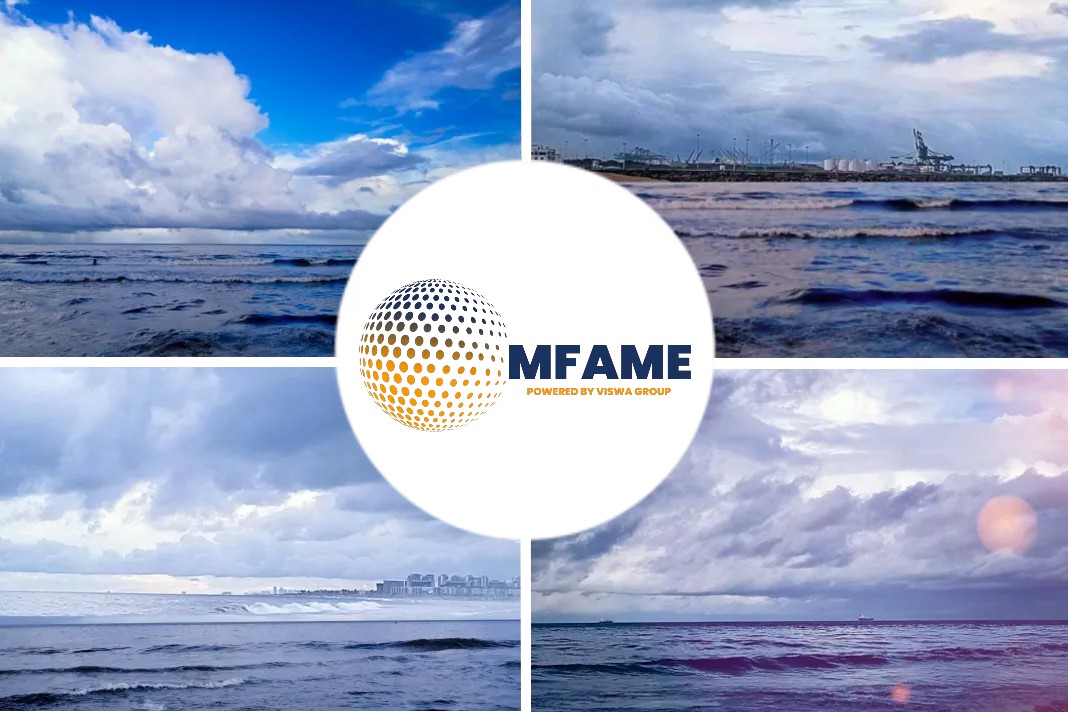Construction of the Panama Canal at the beginning of the XX century.
The Panama Canal has contributed to the National Treasury more than $11.6 billion since it was returned to Panama in 1999.
The Canal celebrated its 103 years on August 15, with a variety of events. After its inauguration in 1914, the route has been a key element in international maritime trade by shortening the connection of several sea routes between the Atlantic and the Pacific oceans, which before its inauguration, forced ships to use the Strait of Magellan and Cape Horn to circle the American continent.
History of the Canal:
The interoceanic route remained under US tutelage for most of the twentieth century, until on October 1, 1979, the United States and Panama put into operation an association for its administration, operation and maintenance, passing it entirely to Panamanian hands on December 31, 1999.
Panama currently carries out the administration of the waterway through the government entity called the Panama Canal Authority (ACP).
It was the ACP that took on the task of extending the original route, with the construction of new locks, thus responding to the new needs of international maritime trade and the constant growth of merchant ship size. The expansion works were inaugurated on June 26, 2016.
Increase in revenue and patronage:
Since the Canal has been administered by Panamanians it has contributed more than $11.6 billion to Panama’s National Treasury, while in 2017 it expects to provide $1.6 billion.
For this fiscal year (1 October 2016-30 September 2017) the ACP expects 391 million tonnes of cargo to cross the route in 2017, compared to 330 million last year. Of the total figure, it is estimated that 148 million tons will correspond to cargo in container ships, 96 million to gas carriers including LNG and LPG, about 68 million of bulk cargo and 48 in vehicle carriers, among others.
Celebration activities:
As part of the anniversary activities, the ACP programmed the development of the conversatorium entitled “The Role of Youth in the Panama Canal”.
The purpose was to enter the history of the Canal together with the group known as Jóvenes Unidos por la Educación, an inclusive movement made up of individuals from different sectors interested in promoting a better future for Panama through a quality education system.
Participating in the activity were the ACP administrator, Jorge Luis Quijano; Jorge Eduardo Ritter, first president of the Canal Board; Eloy Alfaro, former ACP Director and member of the Presidential Commission for the Transition of the Canal; and the rector of the Technological University of Panama and current director of the ACP, Óscar Ramírez.
Young minds welcomed:
Panelists on the occasion exchanged ideas with young people from different sectors of Panama and answered questions that were sent by digital platforms, in order to generate a reflection on the Panama Canal and youth.
In addition, as part of the celebrations, a series of cultural and academic activities were developed for the family and youth. Among them were the “Magic Nights”, an activity that took place on August 12 at the Visitor Center of Miraflores (CVM). The event combined music and live dances, depiction of historical characters and a fireworks display.
On the occasion, the public was able to enjoy live presentations of all the contents of the CVM, as well as its four exhibition rooms, theater, simulation of ships and an unequaled visit of the traffic through the Miraflores locks.
Did you subscribe for our daily newsletter?
It’s Free! Click here to Subscribe!
Source: The Bulletin Panama

















